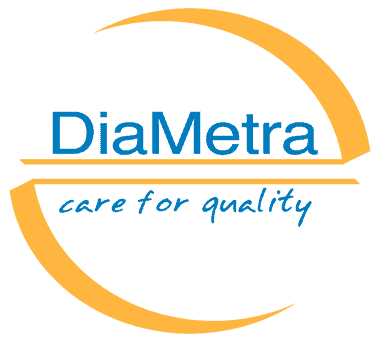Key Features and Values
– Highly sensitive assay with low limit of blank
– Highly accurate assay with low variation in repeat testing ensuring accuracy for support of treatment monitoring
– Supported by a comprehensive panel of markers for complete diagnosis and treatment monitoring of GHD and acromegaly
Product Description
The hGH ELISA is intended for the quantitative determination of Growth Hormone in human serum or plasma and is intended for laboratory uses only. Results are to be used in conjunction with other clinical and laboratory data to assist the clinician in the assessment of growth disorders.
Scientific Description
Growth hormone (hGH) is a polypeptide hormone secreted from the acidophil cells of the anterior pituitary gland. Secretion is episodic and is associated with exercise, the onset of deep sleep or post-prandially in response to falling glucose levels.
Synthesis and release are under the control of hypothalamic releasing peptides and inhibitory peptides such as somatostatin. More recently, a gastric peptide, Ghrelin, has been shown to also stimulate hGH secretion. In contrast, the mediator of many hGH actions in the periphery, insulin-like growth-factor I (IGF-I) exerts an inhibitory effect through negative feedback mechanisms. hGH in circulation consists of several molecular isoforms, with 22,000 Dalton hGH being the most abundant, followed by a 20,000 Dalton hGH variant produced by alternative splicing.
Approximately 50% of circulating hGH is bound to a high affinity binding protein. hGH is physiologically important in two main areas:
- It has an integral role in skeletal growth which is well demonstrated in either excess or deficiency in childhood. The action of hGH in part is mediated through IGF-I as well as promoting protein synthesis and the uptake of amino acids into cells.
- hGH influences intermediary metabolism by stimulating lipolysis and is antagonistic to the insulin-mediated uptake of glucose. hGH secretion is stimulated by hypoglycaemia and suppressed by hyperglycaemia.
In childhood, symptoms of hGH deficiency are retarded growth and dwarfism. Aetiology is often unknown and an absolute or relative deficiency usually becomes apparent at about 2 years of age.
Diagnosis can be confirmed by demonstrating low serum hGH which does not respond to stimulation tests. hGH deficiency is a major cause of severe short stature and diagnosis at an early stage is essential for successful therapy. Hyposecretion in adults usually becomes apparent during the laboratory investigation of hypopituitarism.
Hypersecretion, commonly due to adenoma of the acidophil cells, is characterised by two conditions depending on whether it becomes apparent before or after fusion of the bony epiphyses. In childhood, excess hGH is characterised by gigantism. Heights of 8 feet (2.4 metres) may be achieved and may also be associated with hypogonadism. In adults acromegaly results, a condition characterised by progressive thickening of bone and soft tissue.
Diagnosis is usually confirmed by dynamic function testing which demonstrates a raised serum hGH level which does not fall in response to an oral glucose load. In conditions where there are nutritional disturbances such as anorexia, starvation, renal failure and hepatic cirrhosis, increased basal hGH levels may be found.
Recombinant hGH is available for treatment of hGH deficiency in both children and adults. hGH excess is treated by surgery, irradiation therapy or somatostatin analogues. More recently, a hGH receptor antagonist has been developed, which shares structural homology to hGH and competes with hGH for binding to the hGH receptor.

